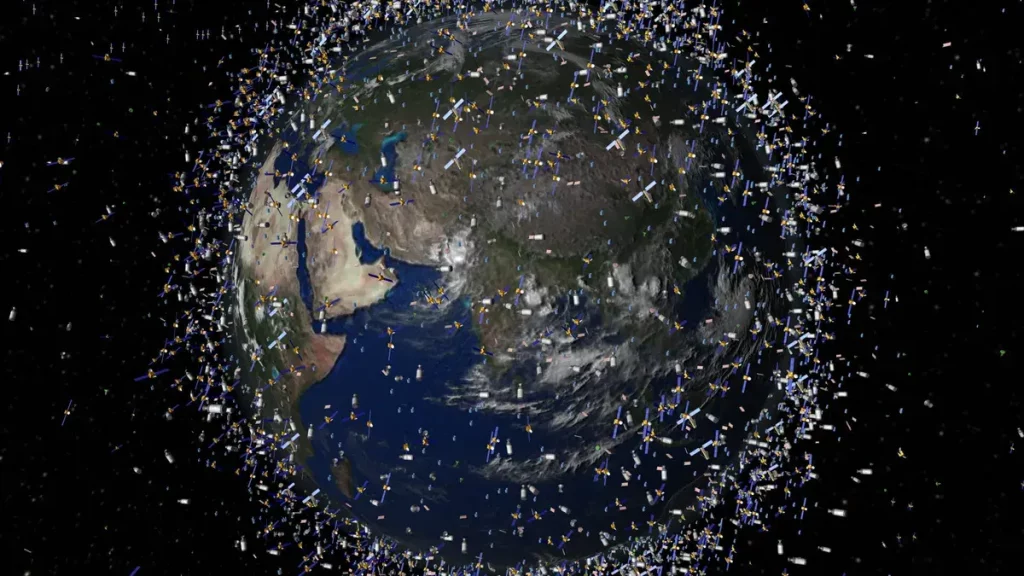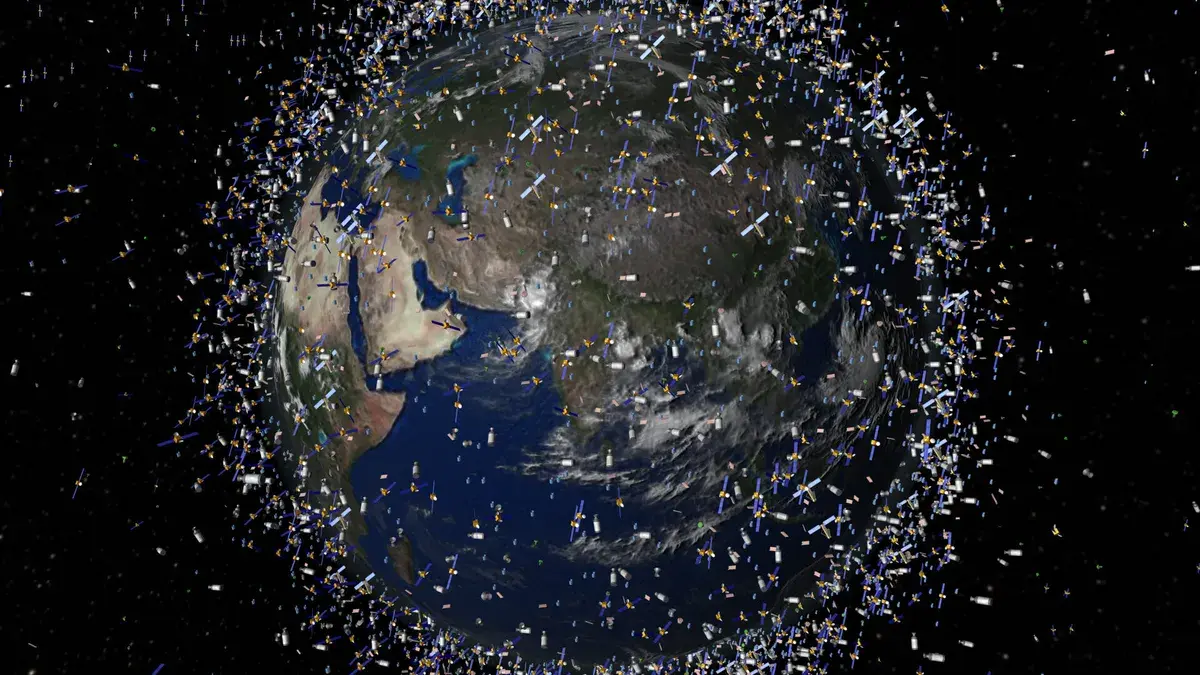In recent astronomical revelations, the night sky has seen a new and unexpected addition, outshining even the brightest stars. Contrary to what you might think, this celestial guest isn’t a supernova or a newfound star—it’s BlueWalker 3, a human-made object that has created quite a stir among astronomers and scientists. Bright Satellites Could Deprive Astronomers of Star Access. In this blog, we’ll explore the fascinating story of BlueWalker 3, its significance, and the concerns raised by experts within the astronomical community.

The BlueWalker 3 Phenomenon
BlueWalker 3 is no ordinary object. It is the biggest communications satellite in the entire world, and a SpaceX Falcon 9 rocket launched it into orbit. While it may have been conceived as a beacon of modern technology to connect people worldwide with broadband internet, its luminosity has captured the attention of astronomers and stargazers. Bright Satellites Could Deprive Astronomers of Star Access, including Connie Walker from the National Science Foundation’s NOIRLab, anticipated BlueWalker 3’s impact even before its launch. They warned that it would shine as brightly as the star Vega during twilight, significantly disrupting the pristine night sky. BlueWalker 3’s presence is just one example of a larger problem: the negative effects of satellites, particularly satellite constellations, on astronomical observations.
The Negative Impact of Bright Satellites
Meredith Rawls, a member of the International Astronomical Union Center for the Protection of the Dark and Quiet Sky from Satellite Constellation Interference (IAU CPS), has been a vocal advocate for addressing the negative consequences of bright satellites. According to Rawls, the detrimental effects stem from both the number and brightness of these satellites. While BlueWalker 3 is a single prototype satellite with extreme brightness, SpaceX’s Starlink, a constellation of thousands of satellites, poses a different set of challenges.
The Consequences and Concerns
The rapid proliferation of satellites in our orbital space presents various worst-case scenarios for both the field of astronomy and space sustainability. Among these are:
- Kessler Syndrome: A nightmare scenario where space debris collides with satellites, creating a cascading effect of collisions, causing more debris and endangering future space missions.
- Asteroid Detection: The cluttered sky could impede the ability to detect and respond to potentially catastrophic asteroid impacts.
- Loss of Ground-Based Astronomy: Perhaps the most pernicious concern is the gradual erosion of ground-based astronomy’s accessibility and relevance. This includes flagship observatories, small campus telescopes, amateur astronomy, traditional wayfinding, and radio astronomy.
Balancing Benefits and Consequences
While satellite operators claim to offer benefits like alleviating poverty and spurring economic development, it’s challenging to quantify these gains against the backdrop of a changing night sky. Rawls suggests that the introduction of satellites, even if well-intentioned, inherently alters the night sky and could compromise ground-based astronomy.
Efforts to Mitigate Brightness
Companies like SpaceX are actively working on technologies and processes to mitigate satellite brightness and reduce their impact on astronomical observations. However, these efforts are not without their challenges, especially as satellite constellations continue to expand. Bright satellites could deprive stars. AST SpaceMobile, the operator of BlueWalker 3, is also taking measures to reduce its satellites’ impact on the night sky. They plan to equip next-generation satellites with anti-reflective materials, share celestial location data with astronomers, and use roll-tilting flight manoeuvres to reduce brightness.
The presence of BlueWalker 3 in the night sky is a testament to the rapid advancements in satellite technology and our insatiable thirst for connectivity. While the benefits of these innovations are clear, we must also acknowledge the impact they have on our view of the cosmos. It’s a challenge that the astronomical community and satellite operators must address together, finding a balance between our quest for knowledge and our drive for progress in the digital age. Only then can we ensure that the stars continue to shine as they have for millennia and that the wonders of the night sky remain accessible to all.
For further information, read this article:https://www.livescience.com
Read our previous articles: https://scitechupdate.com/
https://scitechupdate.com/index.php/zinc-should-get-from-food-not-supplements/
https://scitechupdate.com/index.php/three-nobel-prizes-try-to-cover-all-of-science/
https://scitechupdate.com/index.php/the-most-populated-cities-in-the-world/
https://scitechupdate.com/index.php/aromas-and-odors-decoding-the-insect-brains-interpretation/
https://scitechupdate.com/index.php/pig-kidney-xenotransplantation-is-thriving-in-human-body/
https://scitechupdate.com/index.php/huaweis-new-smartphone-challenger-to-apple/
https://scitechupdate.com/index.php/israel-advances-cancer-treatment-with-genomic-profiling/https://scitechupdate.com/index.php/stomach-cancer-causes-signs-and-treatment/
https://scitechupdate.com/index.php/james-webb-telescope-captures-newborn-sun-like-star/
https://scitechupdate.com/index.php/oxygen-28-unstable-magic-isotope-that-defies-expectations/


